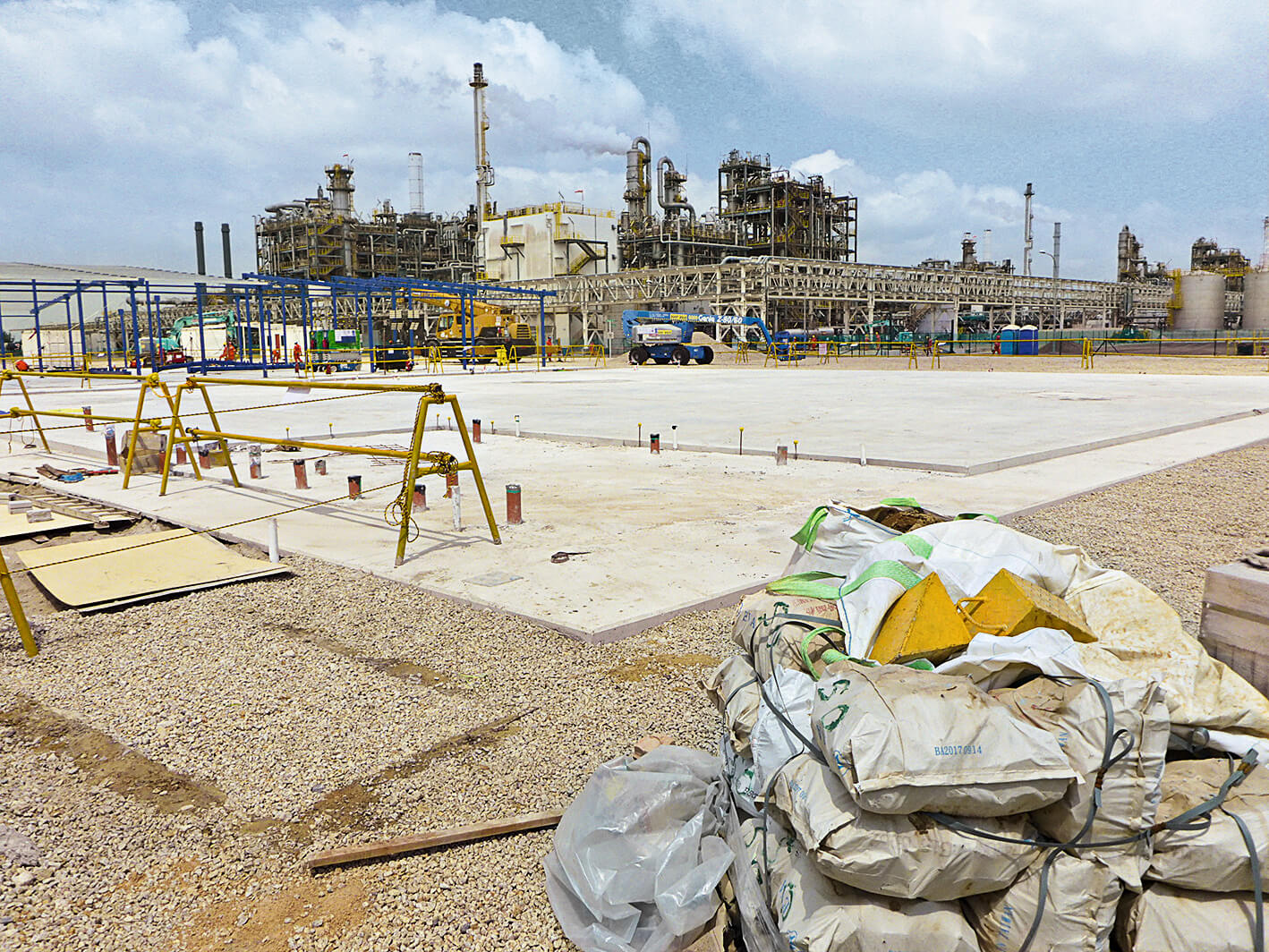
Defossilization
A green transformation for the chemical industry
At the Evonik site in Herne, four projects are pointing the way toward climate-friendly production.

High-performance membranes
Ultrapure gases from slurry and manure
The Wipp Valley in the South Tyrol is successfully betting on biogas—partly thanks to Sepuran Green membranes from Evonik.

Sustainable production
How green chemistry is created
The infographic shows how electrolysis and fermentation produce butanol and hexanol.

Evonik Country
Singapore: A spectacular city-state
Technical innovation, top-notch cuisine, and a green thumb: Singapore is world-famous—and is home to six Evonik facilities.


